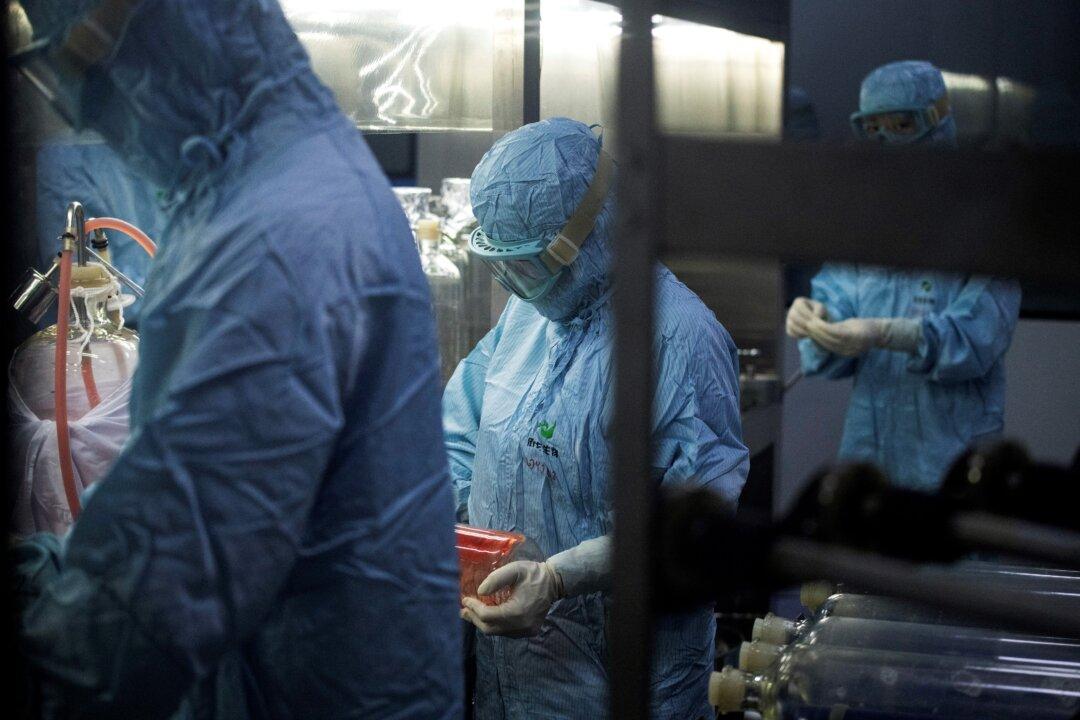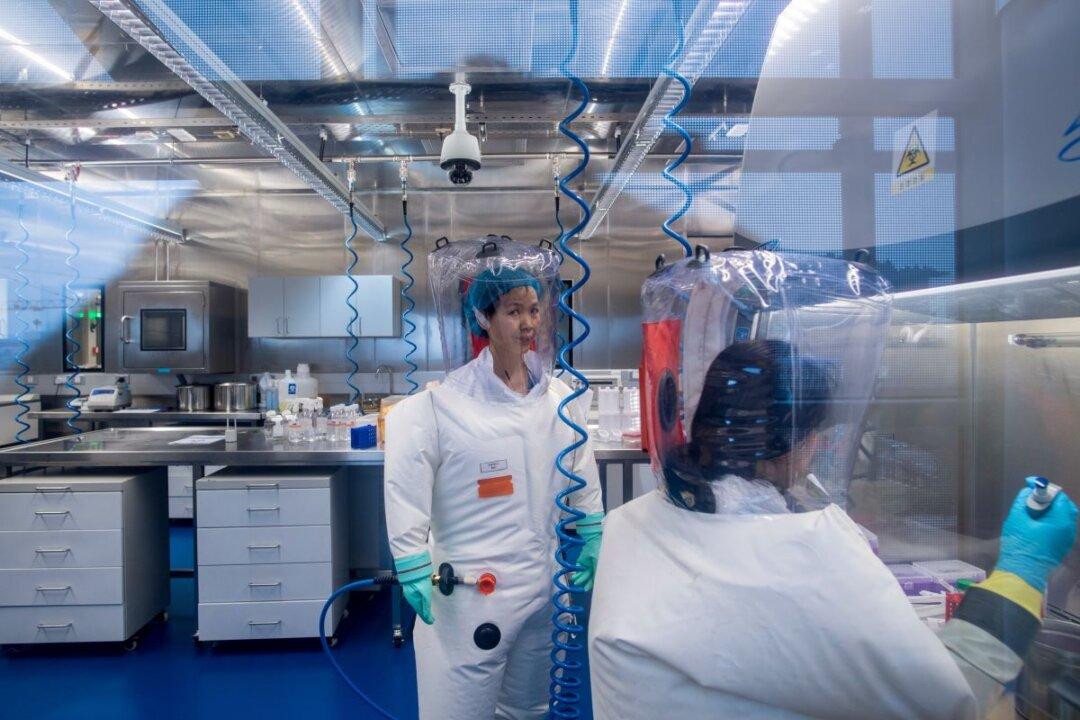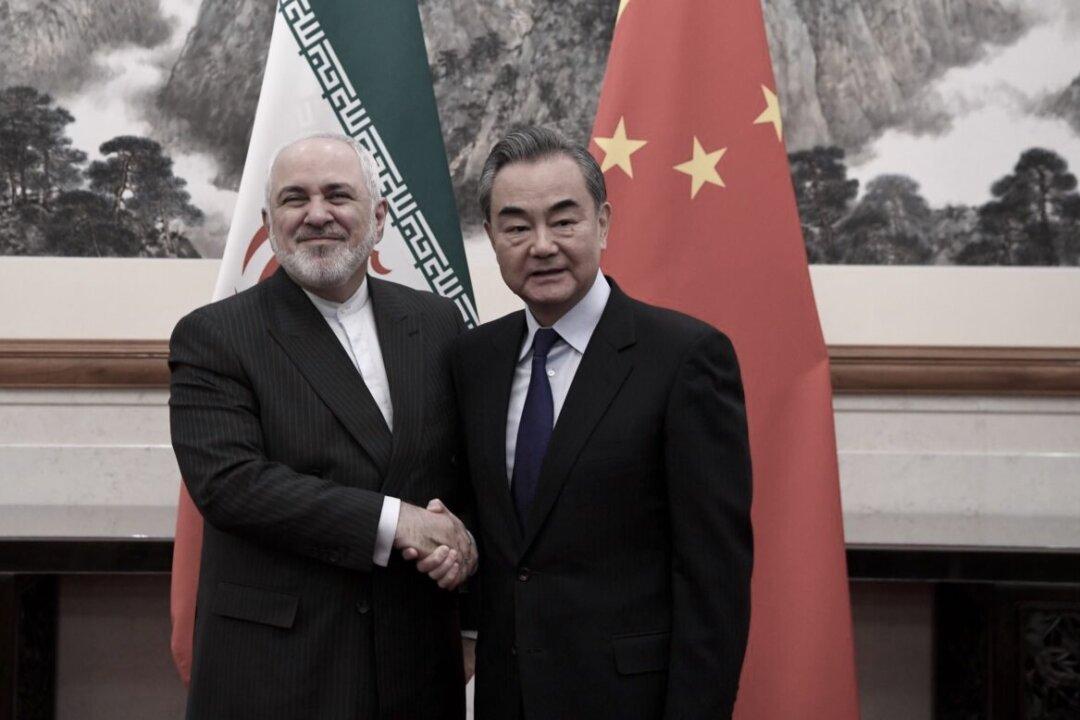Commentary
The Chinese Communist Party (CCP) views biological, biochemical, and information warfare as a core component of its asymmetric warfare strategy against the United States and its allies. They’re part of the CCP’s standard order of battle, not an unconventional set of capabilities only to be used under extreme circumstances.





